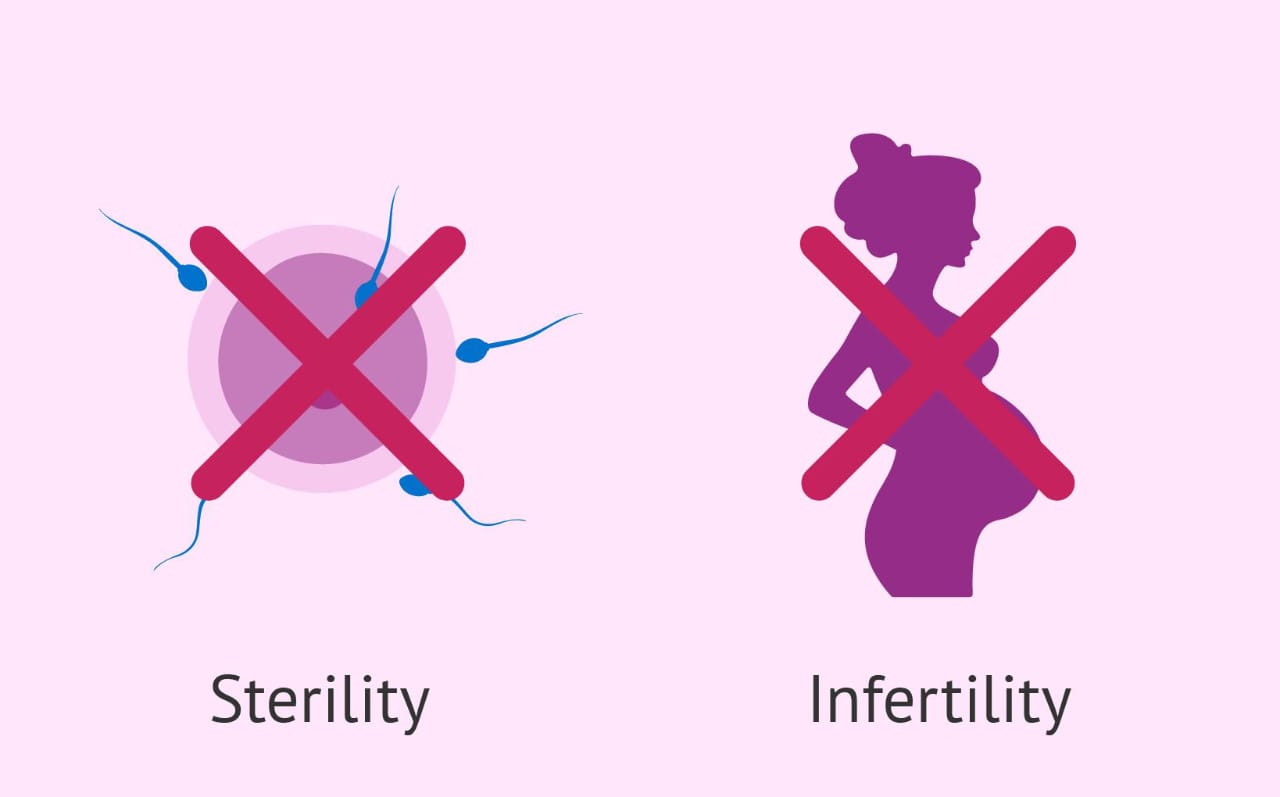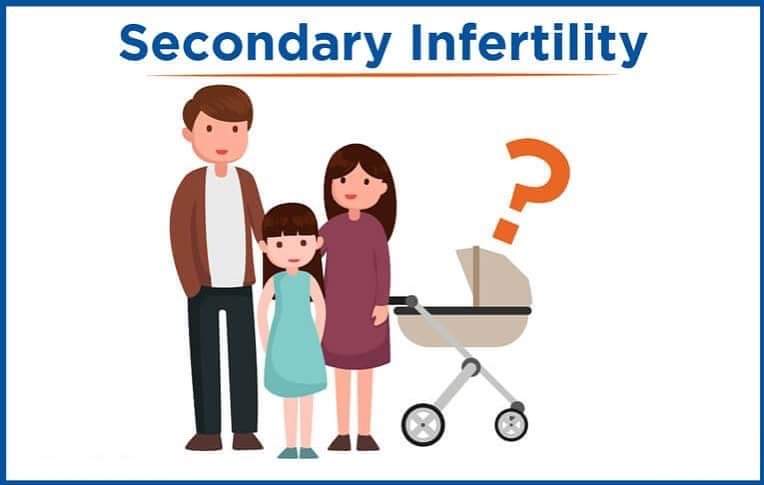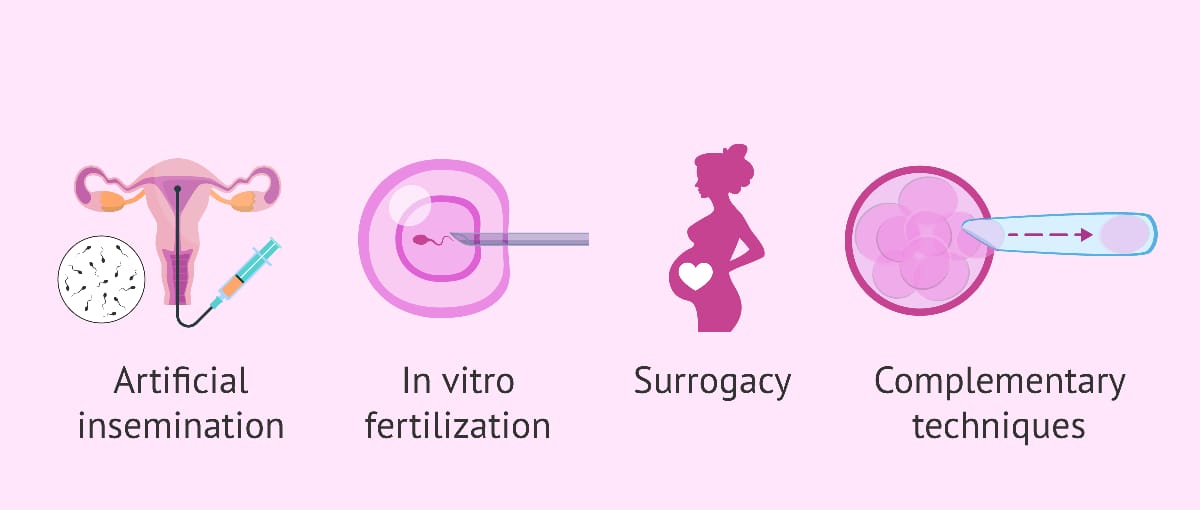Sterility and infertility are some of the common problems that a married couple faces while going for family planning. However, they often misunderstand the differences between sterility and infertility, which results in an inability to understand infertility issues. One needs to properly understand the nuances, be careful during sexual intercourse, and go for a proper treatment plan accordingly. This ensures the chances of a successful pregnancy.
Table of Contents
Unravelling the Myth of Sterility and Infertility
Before delving into the differences between sterility and infertility, let us know the misconceptions that surround them.
Knowing the Myths
- The first myth or misconception is that both the terms sterility and infertility have been and continue to be used interchangeably.
- Some people think that the term for male infertility is sterility.
- Infertility is considered a rare issue. They avoid medical intervention by mistaking it for sterility and assuming that it cannot be treated.
- People believe that after having conceived once, the absence of fertility is totally out of the question.
- It is a misconception among many that only women, and not men, will become infertile after a certain age.
- Infertility is a phase of life that everyone goes through.
- People assume that one cannot become pregnant, even through medical intervention, if one is infertile.
- Sterility is caused by genetic disorders.
- A man cannot become a father if he does not have sperm in the semen.
Now, let’s get started to break the myths surrounding sterility and infertility to have a successful conception.

Clearing the Misconceptions
- There are differences between sterility and infertility. Both are completely two different medical conditions and require different medical interventions accordingly.
- Sterility is a medical condition that applies to both the male and female sexes.
- Infertility is a common issue that people need to be aware of and get treated accordingly.
- Even after being pregnant once, one can become infertile.
- Both men and women can show symptoms of infertility.
- Infertility is a condition that everyone does not go through. In fact, 15% of couples do experience the condition of infertility.
- Infertility leads to difficulty in getting pregnant, but it is curable with proper infertility treatments such as fertility drugs, in vitro fertilization (IVF) and surgery.
- Although genetic disorders can be one factor behind sterility, this is not always the case. Sometimes, sterility can be caused by infections, certain illnesses, or ruptures in reproductive organs.
- It is not true that the complete absence of sperm in the semen stands as an impediment to a man from becoming a father. With the advancement of medical science, the doctor can use In Vitro Fertilisation (IVF) to address sperm issues.

Differences between Sterility and Infertility
Sterility and infertility are two different natural conceptions, but people often use them interchangeably.
To put it simply, sterility is a condition where there is no successful pregnancy due to the absence of sperm production in semen and ovulation disorders. This happens due to problems with fallopian tubes or removal of reproductive organs and the uterus, then vasectomy and tubal ligation.
The situation is completely different for infertile women and men. In the case of infertility, fertility takes place but does not lead to pregnancy to term. Infertility can occur due to certain hormonal disorders and even due to unprotected sexual activity.

What are the Two Types of Sterility and Infertility?
After knowing the differences between infertility and sterility, let us know the two types of sterility and infertility in detail.
There are two types of sterility:
- Primary Sterility: When a person is unable to undergo successful pregnancy from the beginning, it is a permanent condition, and it is called primary sterility.
- Secondary Sterility: Secondary sterility occurs when a person is unable to have a successful pregnancy for the second time.
There are two types of infertility:
- Primary Infertility: In the case of primary infertility, a couple is unable to have a full-time pregnancy.
- Secondary Infertility: When a couple is unable to achieve pregnancy after having a successful pregnancy for the first time, it is known as secondary infertility.

Causes behind Sterility and Infertility
Both sterility and infertility have multiple causes behind them, starting from biological causes to surgical interventions. Let us know the reasons that cause sterility and infertility one by one-
Sterility
- Problems with hormones that affect sperm production.
- Testicular problems are caused by trauma or inflammation.
- Issues with the function of sperm, such as low sperm count or issues with sperm production, can lead to pregnancy issues.
- In the case of women, problems such as tubal disorder, hormonal issues with the menstrual cycle or ovulatory disorders can lead to sterility.
Infertility
- Age plays a significant role in a person becoming infertile, which starts in the late 40s in the case of women and the late 50s in the case of men.
- Lifestyle choices such as eating disorders, alcohol abuse, smoking and using tobacco products. Even substance use disorders (SUD) such as overconsumption of caffeine, cannabis (marijuana) and sedatives can lead to infertility.
- Sexually transmitted diseases (STDs) during unprotected intercourse can be the major hindrance to achieving a successful pregnancy rate.
- Chemotherapy, chronic conditions and diseases, obesity, thyroid disease and underweight or overweight can lead to infertility.
- Over-exercising and problems with hormones that are produced in the brain can also be the cause of infertility.

Solutions for Sterility and Infertility
After learning the differences between sterility and infertility, it is clear that there are different solutions for both. A fertility specialist acts as a guide and provides a solution for a healthy child.
Sterility
For sterility, there are very limited options for treatment. A couple can adopt a child or go for a medical solution, that is, In Vitro Fertilisation (IVF). In the case of a sterile woman, a gestational carrier and an IUI treatment with the help of a sperm donor in case of a sterile man are some effective solutions.

Infertility
An infertility test is an informed decision to understand the underlying medical problems. Some of the sorted-out solutions for men and women are-
Solutions for Female Infertility
- Surgery is the medical solution that an infertile woman can get in the case of blocked fallopian tubes or to remove polyps, fibroids or scar tissues.
- Fertility drugs can increase the chance of a successful pregnancy as it improves the lack of ovulation.
- Controlling weight issues can improve the chances of fertility in women. Lifestyle factors such as having a balanced diet devoid of smoking and alcohol consumption and even improving health conditions can lead to infertility management.
- Fertility tests such as Hysterosalpingography and transvaginal ultrasound can help to know the condition of the fallopian tubes, uterus and reproductive organs.
Solutions for Male Infertility
- Medicines can improve hormonal problems; that is, they can raise testosterone, and there are some drugs for erectile dysfunction that help one maintain an erection during sex.
- Even surgery is needed for infertile men, such as varicocele surgery, which can help abnormal sperm function. These surgical procedures help to open blockages of the tubes or repair structural problems.
- Fertility tests such as testicular ultrasound, testicular biopsy and genetic testing can help to understand semen analysis and, hence, the cause of infertility in males.
Whatever the situation, the fertility specialist needs to diagnose the problem, which is reducing the chances of pregnancy based on age, reason and preferences.

Conclusion
After knowing the causes and solutions, the differences between sterility and infertility hold a solid ground. While surgical intervention or medication can improve fertility issues or regulate sperm count, one needs to always consult with fertility experts to understand the fertility challenges that one faces. Because sometimes there can be unexplained infertility and sperm abnormalities. Thus, one needs to have a successful conception about the same and make lifestyle modifications to have a healthy baby.

ALSO READ:
- States with Fertility Fraud Laws in the US| A Step in the Right Direction
- What Causes Sex Addiction in Males? | Everything You Need to Know
- A Closer Look at Sex Addiction Three Circles
- Sex Addiction Effects on the Brain: Understanding the Impact
- 7 Sex Addiction Coping Skills and Strategies for a Healthier Life
- Busting the Myths Around Female Sexual Pleasure in the Indian Context
- From Embarrassment to Empowerment: Understanding Porn Addiction with Dr Paula Hall
- Fighting Fertility Fraud and Advocating for Change with Eve Wiley
- The Clitoris and the Art of Female Pleasure with Sarah Chadwick
FAQs
What are the Differences between Infertility and Sterility?
The difference between infertility and sterility is that in the case of infertility, fertility happens, but full-term pregnancy does not occur. In the case of sterility, there is a complete lack of sperm in semen and an absence of ovulation.
Which Gender Has Sterility?
Both males and females can be sterile and can face reproductive problems.
What are the Two Types of Sterility?
There are two types of sterility – primary sterility and secondary sterility.










[…] Clear Up Confusion: The Key Differences Between Sterility and Infertility […]
[…] Clear Up Confusion: The Key Differences Between Sterility and Infertility […]